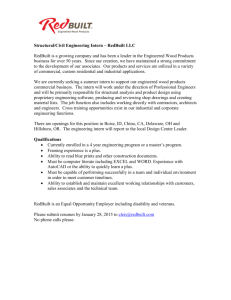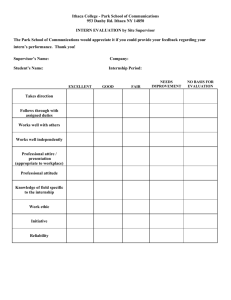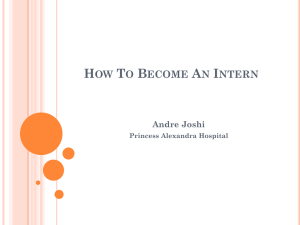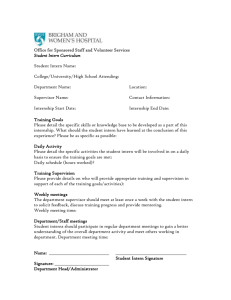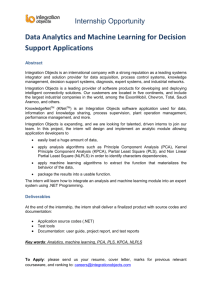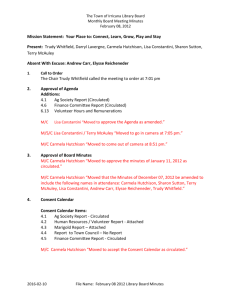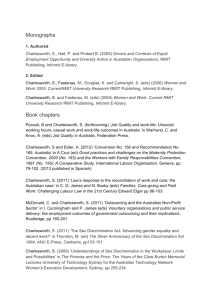8 Theoretical Perspectives Taught in the MSW
advertisement
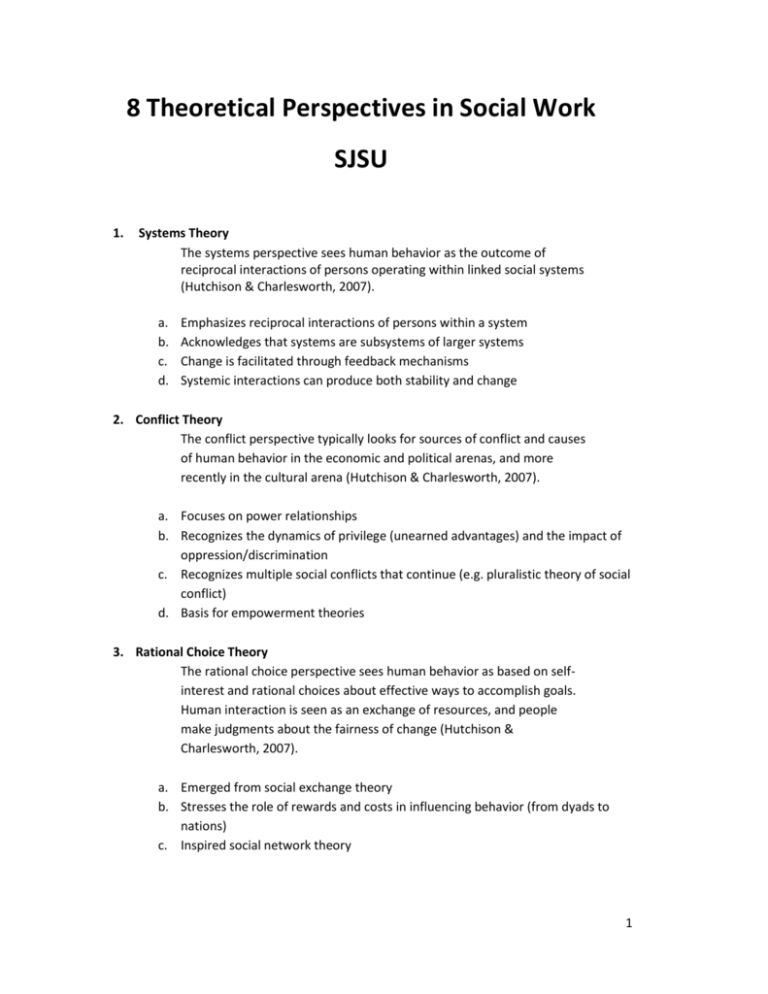
8 Theoretical Perspectives in Social Work SJSU 1. Systems Theory The systems perspective sees human behavior as the outcome of reciprocal interactions of persons operating within linked social systems (Hutchison & Charlesworth, 2007). a. b. c. d. Emphasizes reciprocal interactions of persons within a system Acknowledges that systems are subsystems of larger systems Change is facilitated through feedback mechanisms Systemic interactions can produce both stability and change 2. Conflict Theory The conflict perspective typically looks for sources of conflict and causes of human behavior in the economic and political arenas, and more recently in the cultural arena (Hutchison & Charlesworth, 2007). a. Focuses on power relationships b. Recognizes the dynamics of privilege (unearned advantages) and the impact of oppression/discrimination c. Recognizes multiple social conflicts that continue (e.g. pluralistic theory of social conflict) d. Basis for empowerment theories 3. Rational Choice Theory The rational choice perspective sees human behavior as based on selfinterest and rational choices about effective ways to accomplish goals. Human interaction is seen as an exchange of resources, and people make judgments about the fairness of change (Hutchison & Charlesworth, 2007). a. Emerged from social exchange theory b. Stresses the role of rewards and costs in influencing behavior (from dyads to nations) c. Inspired social network theory 1 4. Social Constructionist Theory The social constructionist perspective focuses on how people learn, through their interactions with each other, to classify the world and their place in it. People are seen as social beings who interact with each other and the physical world based on shared meanings or shared understandings about the world. In this view, people develop their understandings of the world and themselves from social interaction, and these understandings shape their subsequent social interactions (Hutchison & Charlesworth, 2007). a. b. c. d. Focuses on the creation of shared meaning Emphasizes development of sense of self in relationship to “generalized other” Compatible with solution-focused and narrative therapy Tool for “de-constructing” perceptions and meaning 5. Psychodynamic Theory The psychodynamic perspective is concerned with how internal processes such as needs, drives, and emotions motivate human behavior (Hutchison & Charlesworth, 2007). a. Focus on the role of internal needs, drives and emotions on human behavior b. Stresses in impact of early childhood experiences c. Recent Formulations: a. Ego Psychology b. Object relations theory c. Self- psychology 6. Developmental Theory The focus of developmental perspective is on how human behavior unfolds across the life course, how people change and stay the same over time. Human development is seen to occur in clearly defined stages based on a complex interaction of biological, psychological, and social processes. Each new stage involves new tasks and brings changes in social roles and statuses (Hutchison & Charlesworth, 2007). Life span/life cycle theory based in psychology: i. Sequential age-based stages ii. Stages are sequential iii. Presumed universal b. Life course perspective based in sociology: i. Individuals in historical context ii. Bio-psycho-social timing 2 iii. iv. v. vi. Interdependence Choice-making Risk and protective factors Diversity in life trajectories 7. Social Behavioral Theory (Cognitive-Behavioral/Social Learning Perspective) Theories in the social behavioral perspective suggest that human behavior is learned as individual interact with their environments (Hutchison & Charlesworth, 2007). a. b. c. d. Stresses behavior as learned Stresses importance of antecedents and consequences of behavior Provides a framework for understanding sense of efficacy Provides a foundation for cognitive/ behavioral interventions 8. Humanistic Theory The humanistic perspective includes humanistic psychology and existential psychology, both of which emphasize freedom of action and search for meaning….. The term can also include transpersonal theory, which focuses on the spiritual aspects of human experience (Hutchison & Charlesworth, 2007). a. Stresses the value of each individual b. Human behavior understood based on the internal frame of reference of the individual c. People have the capacity to change and an innate desire to grow and find meaning d. Emphasizes the qualities of empathy, warmth, and genuineness as conditions for facilitating change The Use of Multiple Perspectives Means Considering… Role transitions and role structures Power dynamics, oppression and alienation Patterns of exchange and social networks Client views of their situations How to assist addressing emotional conflicts and influence of past events Family, cultural and historical context and timing of development transitions How behavior is learned…and unlearned Importance of focusing on strengths (Hutchison, 2003) 3 Examples of Integration of Theory and Field Practice: A primary goal in Field Education is for the student to be able to integrate each of the 8 theoretical perspectives with their caseload, organization, and or communities throughout their internship. Examples include: The intern reflects on an individual and/or family and identify and describes the different elements of Systems Theory that are relevant (subsystems, boundaries, differentiation, equifinality, etc.). Once the intern identifies relevant theory(ies), the intern develops and implements specific strategies that can employed to integrate the theory(ies). The intern reviews the 8 theoretical perspectives, and gives descriptive examples of how each theory may be relevant to their caseload, the organization, and/or the community. In supervision, the intern is asked to examine dynamics of power, privilege, and oppression in the field setting, and its effects on the individuals and systems involved. Have the intern consider a client, and using Erickson’s Developmental Model, identify which stage the client is in and why. The intern identifies and describes the strengths in each client in their caseload. The intern selects a common concept in social work practice (family, responsibility, mental health, etc.) and explores how different clients/systems apply different perceptions or meanings to those concepts. The intern identifies each client’s capacity to change. 4 5

